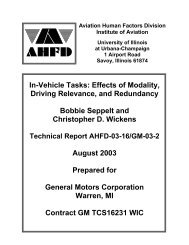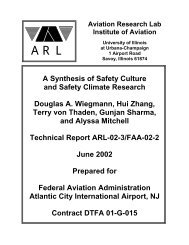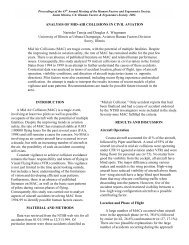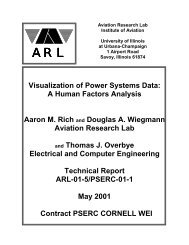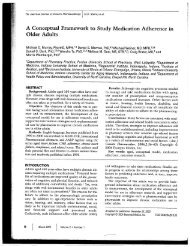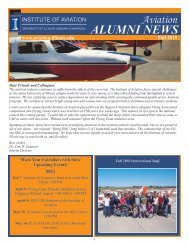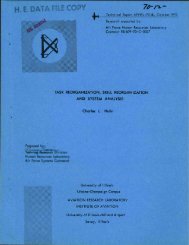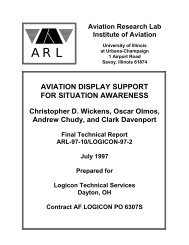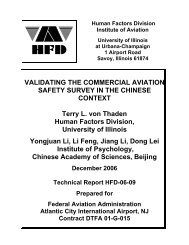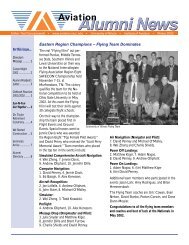Defining and Assessing Safety Culture in High Reliability Systems
Defining and Assessing Safety Culture in High Reliability Systems
Defining and Assessing Safety Culture in High Reliability Systems
Create successful ePaper yourself
Turn your PDF publications into a flip-book with our unique Google optimized e-Paper software.
Wilpert, B., Miller, R., & Wahlstrom, B. (1999). Organizational factors: Their def<strong>in</strong>ition<br />
<strong>and</strong> <strong>in</strong>fluence on nuclear safety. Report on needs <strong>and</strong> methods (AMM-ORFA(99)-R03).<br />
First, general organizational strategies for the assessment of organizational performance were<br />
reviewed, which <strong>in</strong>cluded quality systems, activity plann<strong>in</strong>g, performance appraisals,<br />
organizational restructur<strong>in</strong>g, bus<strong>in</strong>ess process re-eng<strong>in</strong>eer<strong>in</strong>g with<strong>in</strong> the organization, safety<br />
committees, exchange of good practices, regulatory framework, safety culture, probabilitistic<br />
safety analysis, peer reviews, <strong>in</strong>cident analysis, performance <strong>in</strong>dicators, assessments of the<br />
organizational climate, self-assessments, <strong>and</strong> certification. This was then followed by a review<br />
on 13 models of organizational factors, <strong>in</strong>clud<strong>in</strong>g NRC, Swiss, OECD/NEA, HSE, F<strong>in</strong>nish, SKI,<br />
Rollenhagen, ASCOT, SOL, CREAM, TOR, TRIPOD, <strong>and</strong> OHN. Then, us<strong>in</strong>g the ‘meta-plan’<br />
method, 7 general categories were identified:<br />
(1) Interorganizational relations,<br />
(2) Vision, goals <strong>and</strong> strategies,<br />
(3) Supervision <strong>and</strong> control,<br />
(4) Operation management,<br />
(5) Resource allocation,<br />
(6) Performance, <strong>and</strong><br />
(7) Technology.<br />
An <strong>in</strong>put-output model was proposed to summarize the potential <strong>in</strong>terrelations among the seven<br />
categories <strong>and</strong> their <strong>in</strong>fluence on nuclear plant outcomes. F<strong>in</strong>ally, a survey on needs <strong>and</strong> methods<br />
for NPPs <strong>and</strong> regulators, which consists of 9 questions about assessment of organizational<br />
performance, was drafted.<br />
Yule, S. J., Fl<strong>in</strong>, R., & Murdy, A. J. (2001). Model<strong>in</strong>g managerial <strong>in</strong>fluence on safety<br />
climate. Poster presented at SIOP Conference. San Diego.<br />
<strong>Safety</strong> climate was conceptualized as the product of employee perceptions <strong>and</strong> attitudes about<br />
the current state of safety <strong>in</strong>itiatives at their place of work. A review on published models of<br />
safety climate suggested that management has important <strong>in</strong>fluence on safety culture. This study<br />
attempted to model the managerial <strong>in</strong>fluence on workforce safety climate. <strong>Safety</strong> climate was<br />
measured by HSE Climate Survey Tool, which is a 71-item, 5-po<strong>in</strong>t Likert scale. Factor analysis<br />
of the questionnaire identified eight factors. A model was proposed based on the result of factor<br />
analysis. In this model, two layers of management, team leaders <strong>and</strong> upper management, were<br />
identified. It was proposed that different levels of management have differential effects on the<br />
other factors of safety climate. The model was tested <strong>and</strong> re-specified us<strong>in</strong>g Structural Equation<br />
Model (SEM). The result<strong>in</strong>g model supported most hypothetical paths, <strong>and</strong> added some new<br />
ones as well. The model provided a foundation for identify<strong>in</strong>g <strong>and</strong> explor<strong>in</strong>g the important<br />
<strong>in</strong>fluence on safety climate.<br />
44




